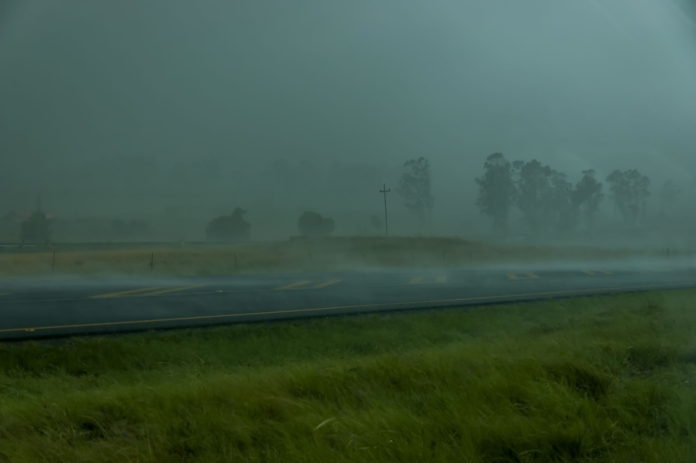A deadly hailstorm occurred on 30th April 1888 in Moradabad of Uttar Pradesh. This is not the story, the story started when the United Nations weather agency identified it as the world’s all-time deadliest hailstorms. This was one of the deadliest hailstorms as it killed almost 250 people and 1500 farm animals on that day in 1888. The hailstorms were huge and its size was as like as an orange and were up to 2 feet in height at some places.
The storm occurred on 30th April 1888, and was more intense than usual and is now the talk of the tale in India. The hailstorm was accompanied by breezy winds that had destroyed many structures and homes in that area and nearby region. The World Meteorological Organization (WMO) Archive of Weather and Climate Extremes have broadened first time its scope from temperature and other weather records to address impacts of those specific events.
The WMO expert committee documented mortality records for 5 specific weather-related events after in-depth investigation but it did not address heat and cold waves or drought and floods. The experts of WMO found that the highest rate of mortality associated with extreme weather condition was during a tropical cyclone in 1970 which was at that time in East Pakistan, and it killed an estimated 300,000 people.
Other events included the tornado in the Manikganj district of Bangladesh in 1989 that killed almost 1,300 people; a 1994 lightning-caused oil tank fire in Egypt, which took 469 lives and a single lightning bolt to a hut in the land of the Manica Tribal Trust in Rhodesia, which killed 21 people.
Traditionally, the WMO keeps track of extreme temperature and weather records. But on 18th May, the WMO for the first time announced world records for the highest reported historical death tolls from tornadoes, tropical cyclones, and hailstorms.
The agency is trying to strengthen the system related to early warning for extreme weather. Due to the growing world population and huge climate change threaten to make extreme weather events even more deadly, it is necessary to predict efficiently.
Detail knowledge and analysis of those events confirm our responsibilities to forecast and monitor the weather and climate condition. And also it confirms our responsibilities to utilize that information to save lives in the world so that disasters of these types can be lessened or even eliminated in the future. The committee said, “It is very much essential to have knowledge of baseline changes in weather-related mortality as monitored over the last 150 years, in order to put potential future weather-related catastrophes into accurate historical context. These estimates can change if new information comes into the picture.
The experts of the WMO agency stressed that overall mortality due to these events can decrease as a result of continuous improvement analysis in related forecasting and warning infrastructure. They also added that the human aspect inherent in extreme events should not be lost.




